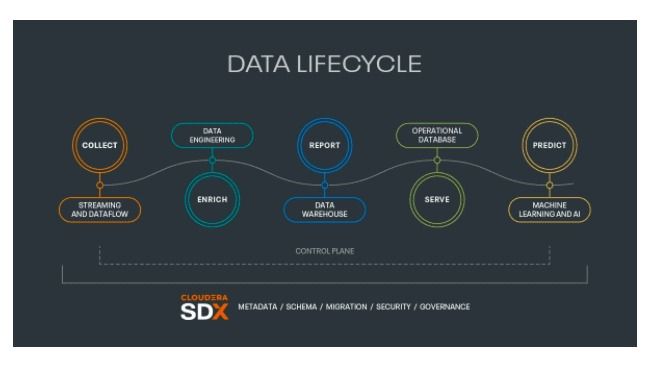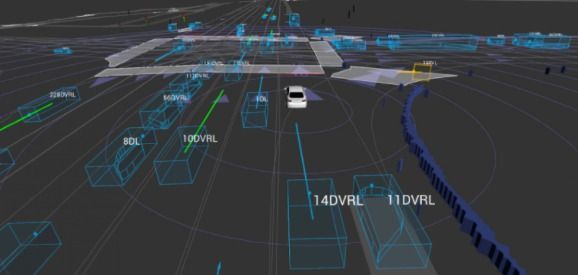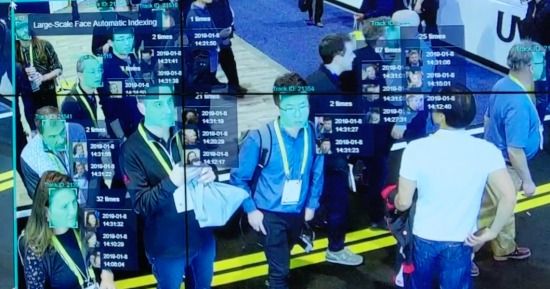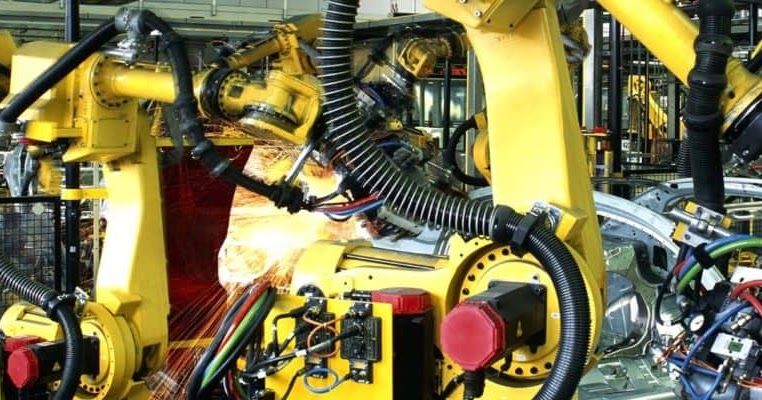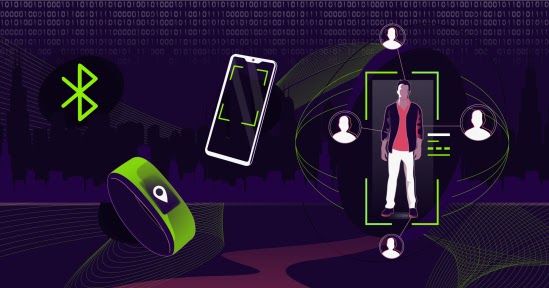The lifecycle starts when data is collected or ingested from any source. With the advent of 5G, this includes ever more data that’s streamed and generated in real-time.
Companies realize that in order to grow, connect products and services, or protect their business, they need to become data-driven. In selecting the tools to realize these goals, organizations effectively have two choices: a self-selected combination of analytics tools and applications or a unified platform that handles all. In this blog we will discuss the challenges of the former choice that will provide justification for the latter. Let’s take a step back and ask: what do organizations need in terms of analytics to realize their data-driven goals? What is needed to combat customer churn, provide a predictive maintenance service or identify fraud as it happens? One thing is clear: it is not one single analytical capability. Implementing innovative and differentiating business use cases is not simply selecting the perfect data warehouse solution and calling it good. Today’s solutions require more than a better individually functional tool. Going from data to insight to action demands a complete range of capabilities that spans the data life cycle from the edge to AI.
